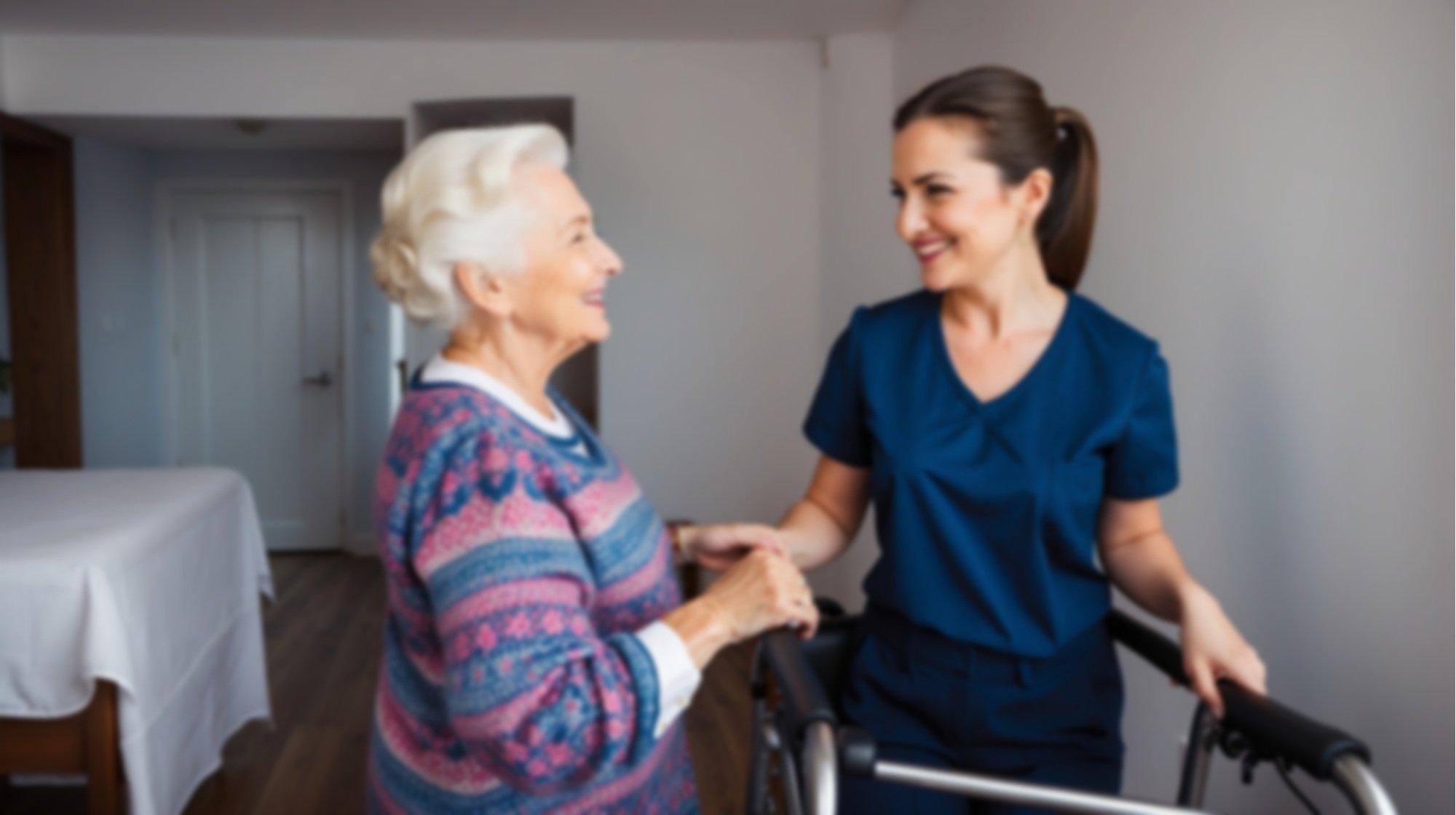Step with Care: Mastering Fall Prevention in Elderly Care Through Physiotherapy
Falls are the 2nd leading cause of unintentional injury death with the majority of falls occurring in adults over 60. Older people are at highest risk of death or severe injury following a fall (WHO, 2001).
FALLS
Reduced quality of life
Reduced independence
Reduced confidence
Mortality
Physiotherapy can reduce the risk of falls by a third
(CSP,2014)
“physiotherapists are able to detect early difficulties with movement, strength and balance”
Physiotherapy plays a crucial role in preventing the risk of falls. Home assessment, mobility, balance and functional training are recommended by the World Health Organisation (WHO) as well as the National Institute for Health and Care Excellence (NICE) for falls prevention and management following a fall.
There is extensive evidence demonstrating that individualised exercise programmes designed by a qualified health professional significantly reduces the frequency of falls in older adults (aged 65 plus). Older-people physiotherapists are able to identify areas of difficulty with movement, strength and balance and will be able to provide a tailored exercise programme to suit each individual. It is important that these exercises are supervised and progressed regularly to ensure the best treatment outcomes are achieved.
Regular exercise has been shown to reduce your risk of major illness, including heart disease, stroke, bowel cancer, breast cancer, osteoarthritis, depression, dementia and can lower your risk of early death by 30%.
Regular physiotherapy intervention can be fundamental in helping older people live an active and fufilling life.
The main barrier to regular exercise in older adults is compliance and motivation. Having a weekly visit from a physiotherapist can significantly reduce these barriers and reduce the risk of falling.
The NHS recommends that older adults above 65 should exercise every day and complete strength, balance and flexibility exercises at least 2 days a week. 150 minutes of moderate activity or 75 minutes of vigorous activity (aerobic exercise) every week is also advised.
Examples of strength training-
Resistance band exercises
Weights
Body weight exercises
Heavy gardening
Carrying heavy shopping bags
Strength training exercises help to slow down the rate of bone and muscle loss that occurs with ageing and reduces the risk of falls. Strength training helps to maintain independence and the ability to complete everyday tasks. Furthermore, it decreases the risk of developing osteoporosis (loss of bone density).
To improve strength, specific guidance on exercises is recommended to ensure the correct intensity and frequency is prescribed in order to gain muscle mass.
Aerobic activity
Aerobic exercise is any activity which raises your heart rate and your oxygen intake.
Brisk walking
Dancing
Swimming
Cycling
Running
Circuit training
Research shows, no matter how frail someone is, they will benefit from exercise. This is best prescribed by a physiotherapist to ensure the right exercises are recommended.
This overwhelming evidence HAS to be enough to get you started with your exercises today.
Improve your heath, live an active, happy life.
Falls World Health Organisation (2001) World health organisation. Available at https://www.who.int/news-room/fact-sheets/detail/falls (Accessed 8 March 2024)
Physiotherapy and falls (2014) Chartered society of Physiotherapists. Available at
Physiotherapy works: falls- a community approach. Chartered Society of Physiotherapists. Available at: https://www.csp.org.uk/publications/physiotherapy-works-falls-community-approach
Physiothearpy and falls. Finding the balance. Chartered Society of Physiotherapy, 2014.


